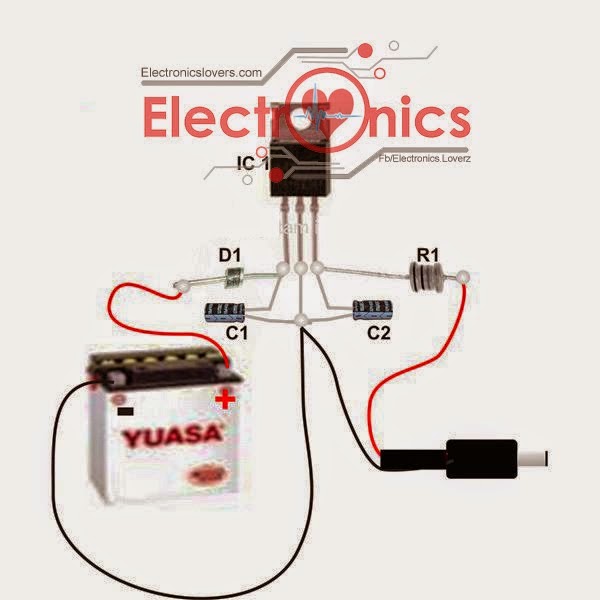
5.5 Displaying Data from the Arduino in the Serial Monitor. 5.4 Project #11: Creating a Quick-Read Thermometer That Blinks the Temperature. 5.3 Creating a Function to Return a Value. 5.2 Project #10: Creating a Function to Set the Number of Blinks. 5.1 Project #9: Creating a Function to Repeat an Action. 4.14 Project #8: Creating a Quick-Read Thermometer. 4.13 Project #7: Trying Out a Piezo Buzzer. 4.10 Improving Analog Measurement Precision with a Reference Voltage. 4.8 Project #6: Creating a Single-Cell Battery Tester. 4.4 Project #4: Demonstrating a Digital Input. 3.7 Varying LED Brightness with Pulse-Width Modulation. 3.6 Project #2: Repeating with for Loops. 3.4 Project #1: Creating a Blinking LED Wave. 2.3 Creating Your First Sketch in the IDE. Whatever your skill level, you’ll have fun as you learn to harness the power of the Arduino for your own DIY projects.Ĭhapter 2: Exploring the Arduino Board and the IDE A motorized remote control tank with collision detection to keep it from crashingĪrduino Workshop will teach you the tricks and design principles of a master craftsman. A binary quiz game that challenges your number conversion skills. An electronic version of the classic six-sided die. You’ll also learn to build Arduino toys and games like: A keypad-controlled lock that requires a secret code to open. A handy tester that lets you check the voltage of any single-cell battery. A GPS logger that records data from your travels, which can be displayed on Google Maps. 
 A digital thermometer that charts temperature changes on an LCD.
A digital thermometer that charts temperature changes on an LCD. 
As your understanding grows, the projects increase in complexity and sophistication.Īmong the book’s 65 projects are useful devices like: Hands-on projects throughout the book reinforce what you’ve learned and show you how to apply that knowledge. You’ll start off with an overview of the Arduino system but quickly move on to coverage of various electronic components and concepts. In Arduino Workshop, you’ll learn how these add-ons work and how to integrate them into your own projects. With an almost unlimited range of input and output add-ons, sensors, indicators, displays, motors, and more, the Arduino offers you countless ways to create devices that interact with the world around you. The Arduino is a cheap, flexible, open source microcontroller platform designed to make it easy for hobbyists to use electronics in homemade projects.







 0 kommentar(er)
0 kommentar(er)
